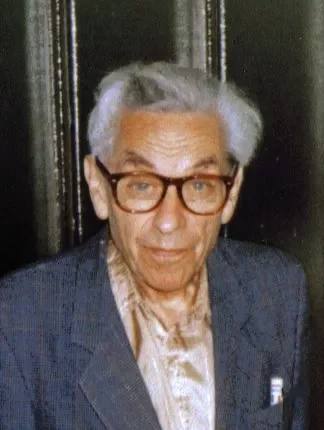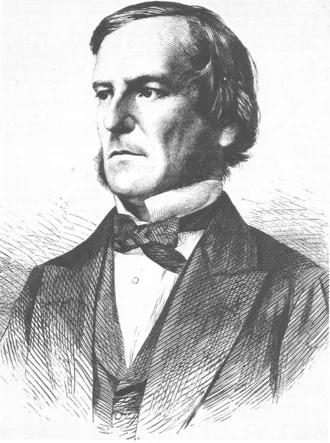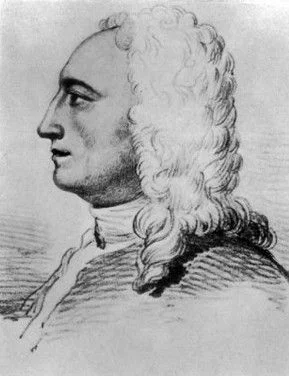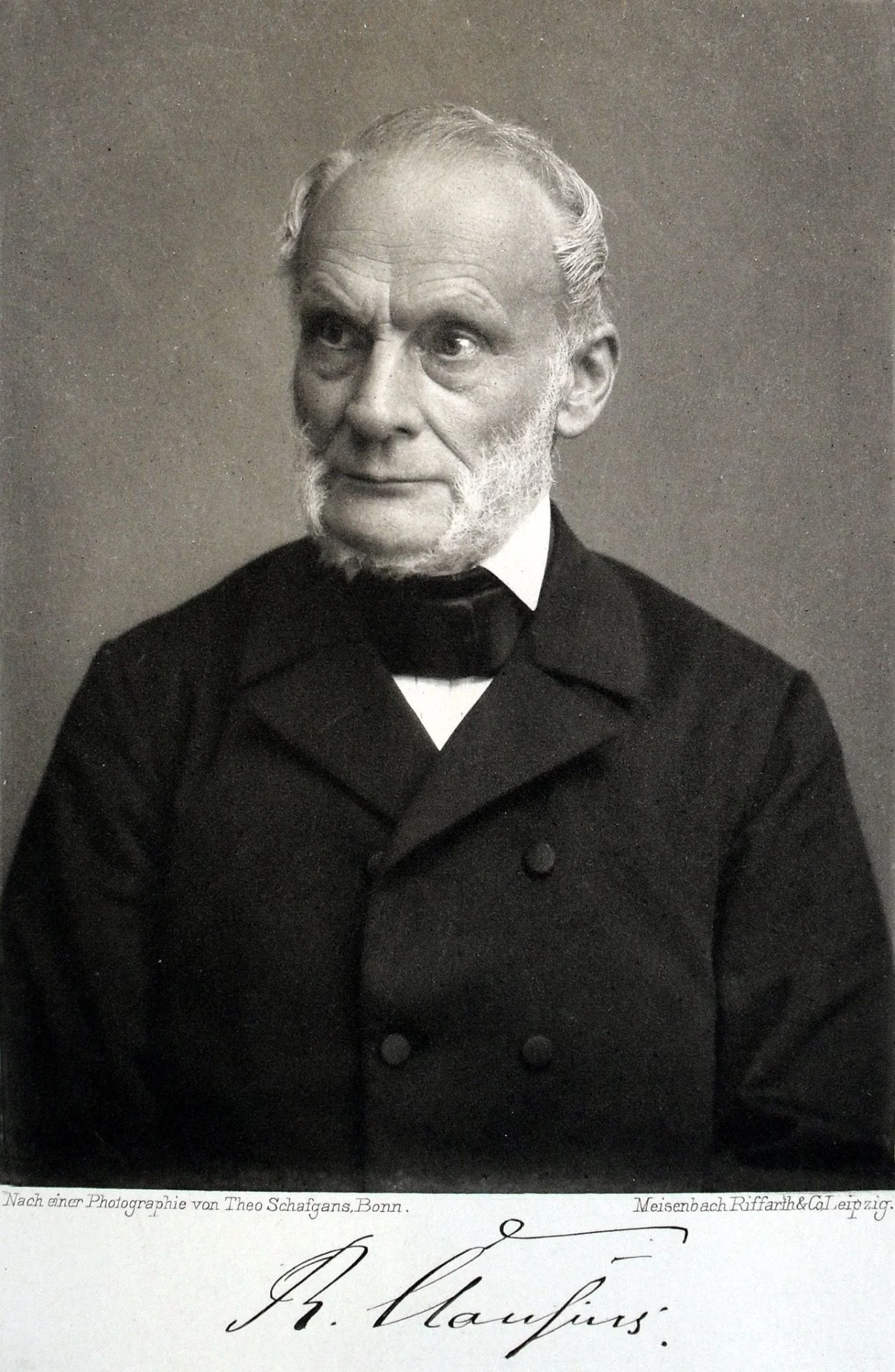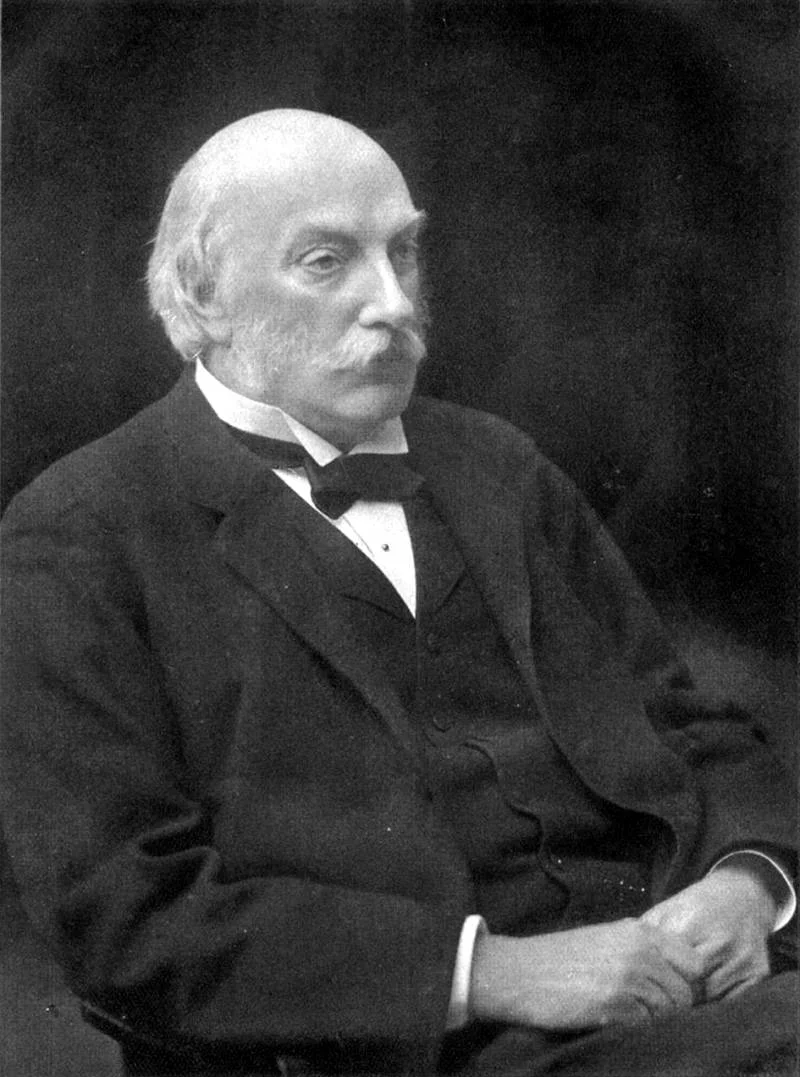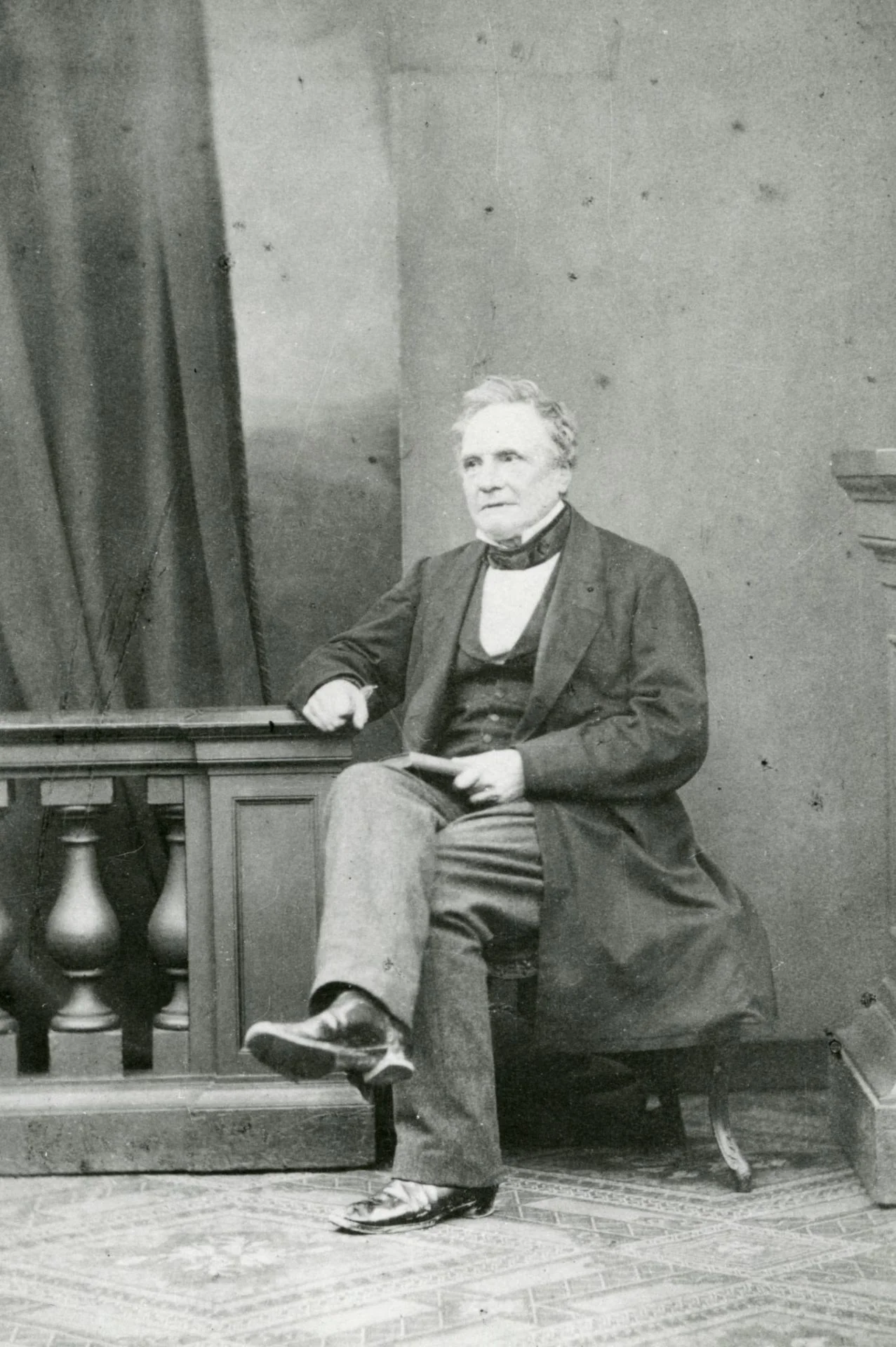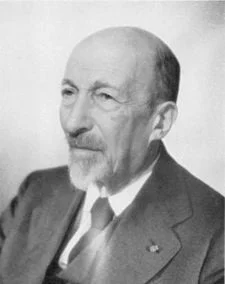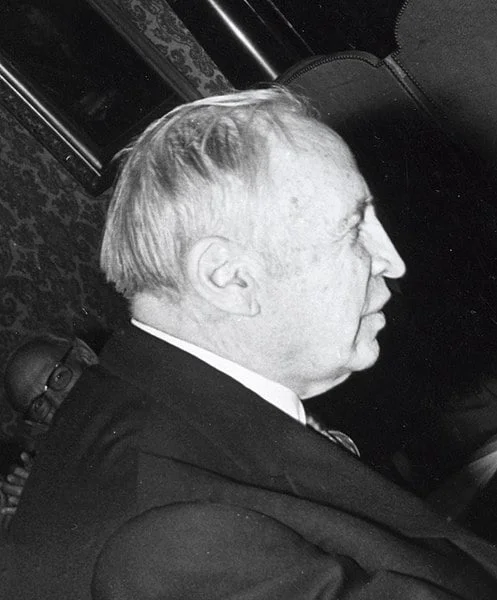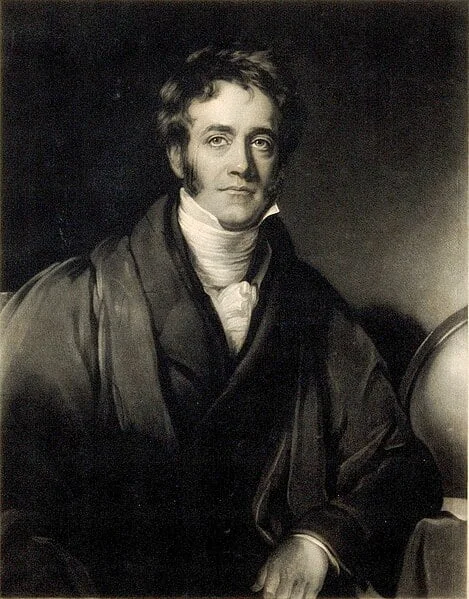Real Celebrities Never Die!
OR
Search For Past Celebrities Whose Birthday You Share
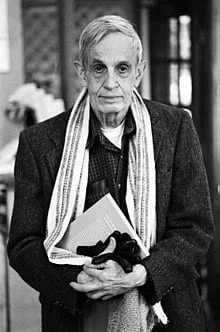
source:wikimedia.org
John Forbes Nash Jr.
Birthday:
13 Jun, 1928
Date of Death:
23 May, 2015
Cause of death:
Car accident
Nationality:
American
Famous As:
Mathematician
Age at the time of death:
86
Early Life and Education
John Forbes Nash Jr. was born on June 13, 1928, in Bluefield, West Virginia, to John Forbes Nash Sr., an electrical engineer, and Margaret Virginia Nash, a school teacher. Nash demonstrated an early aptitude for mathematics and received advanced education through local college courses. He attended the Carnegie Institute of Technology, where he earned a bachelor’s and master’s degree in mathematics, before pursuing further studies at Princeton University.
Development of the Nash Equilibrium
While at Princeton, Nash, under the guidance of his advisor Richard Duffin, began working on his revolutionary concept of equilibrium theory, which later became known as the Nash equilibrium. This groundbreaking idea provided new insights into non-cooperative game theory, changing the way strategic decision-making was understood. In 1950, Nash earned his Ph.D. for this influential work.
Contributions to Mathematics and Game Theory
John Nash made significant contributions in various fields of mathematics, including game theory, real algebraic geometry, differential geometry, and partial differential equations. His research on cooperative games and his introduction of the Nash equilibrium in game theory earned him the Nobel Memorial Prize in Economic Sciences in 1994, which he shared with John Harsanyi and Reinhard Selten.
Nash Embedding Theorem and Achievements in Algebraic Geometry
In 1949, Nash made a remarkable breakthrough in algebraic geometry by proving that every closed smooth manifold is diffeomorphic to the zero set of some polynomials. This result, known as the Nash embedding theorem, had profound implications in real algebraic geometry and became one of his most notable contributions.
Breakthroughs in Differential Geometry and Partial Differential Equations
During his postdoctoral work at MIT, Nash tackled conjectures in differential geometry, particularly regarding the isometric embedding of Riemannian manifolds into Euclidean space. He also extended the work of Charles Morrey in partial differential equations, developing the Nash inequality and co-introducing the De Giorgi–Nash–Moser theory, which addressed Hilbert’s nineteenth problem.
John Forbes Nash Jr.'s Quote's
Awards and Recognition
In addition to the Nobel Prize, Nash received several prestigious awards, including the John von Neumann Theory Prize in 1978 for his contributions to game theory and the Leroy P. Steele Prize in 1999 from the American Mathematical Society. In 2015, he was honored with the Abel Prize for his work in partial differential equations and differential geometry.
Struggles with Mental Illness
Throughout much of his life, Nash battled mental illness, specifically schizophrenia. His struggles and achievements were chronicled in Sylvia Nasar’s biography, A Beautiful Mind. Despite these challenges, Nash continued to make profound contributions to mathematics.
Tragic Death and Enduring Legacy
John Nash and his wife tragically passed away in a car accident on May 23, 2015, in Monroe Township, New Jersey. At the time of his death, Nash was 86 years old. His contributions to mathematics, particularly in game theory and differential geometry, continue to influence various fields, and his legacy endures through his remarkable body of work.
Name:
John Forbes Nash Jr.
Popular Name:
John Forbes Nash Jr.
Gender:
Male
Cause of Death:
Car accident
Spouse:
Place of Birth:
Bluefield, West Virginia, U.S.
Place of Death:
Monroe Township, New Jersey, U.S
Occupation / Profession:
Personality Type
Logician: Innovative inventors with an unquenchable thirst for knowledge. John Forbes has contributed in the field of Mathematics and that shows his innovative mind.
ohn Nash was, also accepted at Harvard University but he didn’t go there because Princeton offered him a fellowship.
When he was very young, Nash was interested in specializing in chemistry instead of mathematics.
John Nash became known for his love of practical jokes, he would make explosives to surprise people.
John von Neumann Theory Prize (1978)
Nobel Memorial Prize in Economic Sciences (1994)
Member of the National Academy of Sciences (1996)
Abel Prize (2015)
